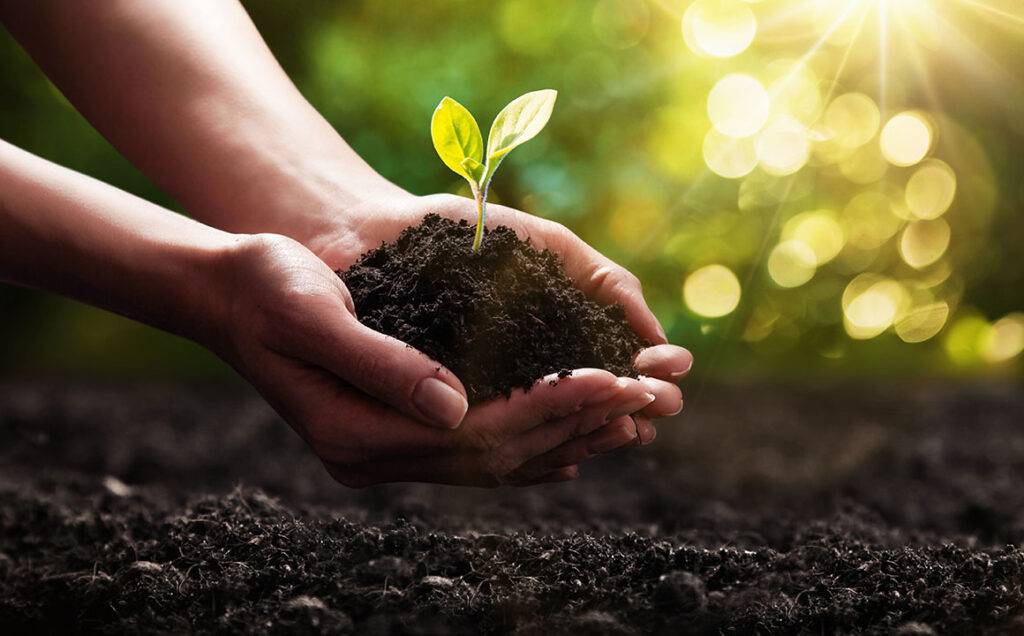As pumpkin season approaches, gardeners across the United States are gearing up to grow these iconic and versatile fruits. Pumpkins are not only an iconic symbol of fall. They are also a delicious addition to all of our fall meals. From pies and soups, to baked treats, there’s so much variety. And let’s not forget — their vibrant orange color also makes them a gorgeous decoration. So who wouldn’t want to grow a gorgeous pumpkin in their own garden? Here’s how to do it the right way.
Preparing the Soil
Pumpkins thrive in well-draining, nutrient-rich soil. Start by preparing the planting area by removing any weeds and debris. Loosen the soil to a depth of at least 12 inches, breaking up any clumps and ensuring good aeration. Incorporate organic matter, such as compost or well-rotted manure, to enrich the soil with essential nutrients. This will provide an ideal foundation for your pumpkin plants to grow and flourish. Additionally, pumpkins are heavy feeders, so consider adding a balanced fertilizer or a slow-release organic fertilizer to the soil before planting.

Planting the Seeds
Once your soil is prepared, it’s time to plant the pumpkin seeds. For most areas in the United States, the best time to plant pumpkins is in late spring or early summer when the soil has warmed up and all danger of frost has passed. Create mounds or raised beds to ensure good drainage and prevent waterlogging. Plant two to three pumpkin seeds per mound, about 1 to 2 inches deep. Space the mounds at least 3 to 4 feet apart to give the pumpkin vines room to spread. As the seeds germinate and seedlings emerge, thin them out, leaving only the healthiest and strongest plant in each mound.
Watering and Care
Pumpkin plants require consistent moisture to grow well, especially during the flowering and fruiting stages. Water your pumpkin plants regularly, aiming to keep the soil evenly moist but not waterlogged. During hot and dry periods, you may need to water more frequently to prevent the plants from wilting. Mulching around the plants can help retain moisture, regulate soil temperature, and reduce weed growth. Organic mulches like straw or compost are excellent choices. As the pumpkin vines start to grow, provide support for the heavy fruit by placing a straw or cloth underneath each pumpkin. This will protect the fruit from direct contact with the soil, reducing the risk of rotting.
Harvesting
As fall approaches, your pumpkins will mature and be ready for harvest. Harvesting time varies depending on the variety you’ve chosen and your location. For most of them, look for signs of maturity such as a deep color, hard rind, and fully developed stem. The stem should be dry and firmly attached to the pumpkin. When harvesting, use a sharp knife or pruners to cut the fruit from the vine, leaving a few inches of stem attached. Avoid pulling or twisting the pumpkin, as this could damage the vine. After harvest, place the pumpkins in a dry and sunny location for a few days to cure the skin. This will help harden the rind and improve their storage life.

